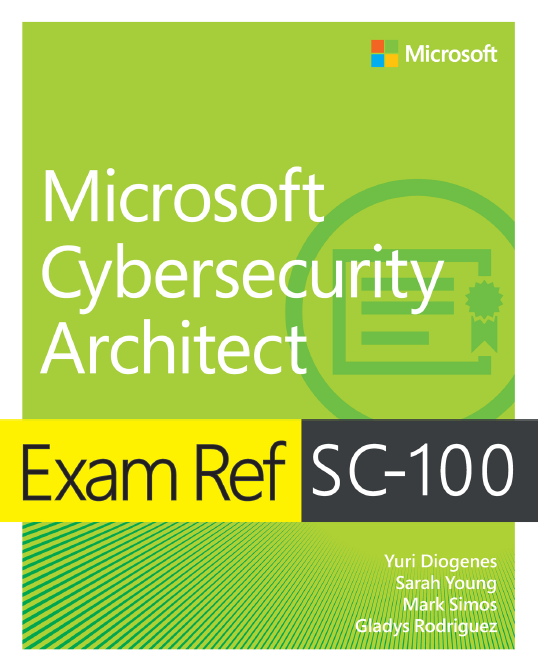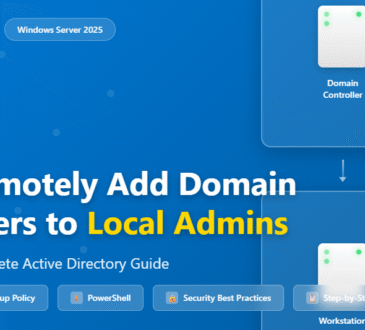
Description
Prepare for Microsoft Exam SC-100 and demonstrate your real-world mastery of skills and knowledge needed to design and evolve cybersecurity strategy for all aspects of enterprise architecture. Designed for experienced IT professionals, this Exam Ref focuses on critical thinking and decision-making acumen needed for success at the Microsoft Certfied: Cybersecurity Architect Expert level.
This Microsoft Exam Ref
Zero Trust Strategy and Architecture – Covers the foundational aspects of Zero Trust, including designing secure access and identity frameworks, and implementing Zero Trust principles across hybrid infrastructures.
Governance, Risk, Compliance (GRC) – Discusses designing regulatory compliance strategies, leveraging tools like Microsoft Defender for Cloud, and ensuring data residency and privacy requirements align with business operations.
Security Posture Management – Guides on evaluating security posture using tools like Secure Score and Defender for Cloud, interpreting threat intelligence, and recommending mitigation strategies to manage and reduce risk effectively.
Securing Endpoints and Workloads – Focuses on strategies to secure both server and client endpoints, including requirements for various device types, secure remote access, and managing security operations frameworks.
Securing Cloud Services (SaaS, PaaS, IaaS) – Examines security baselines and configurations specific to cloud services and IoT, emphasizing layered security models for enterprise applications and infrastructure.
This comprehensive guide is structured by exam objectives, offering case studies and practical scenarios for hands-on learning. It is designed for those with advanced security knowledge, especially in hybrid and cloud environments.
About the Exam
Exam SC-100 focuses on the knowledge needed to build overall security strategy and architecture; design strategies for security operations, identity security, and regulatory compliance; evaluate security posture; recommend technical strategies to manage risk; design strategies to secure server endpoints, client endpoints, and SaaS, PaaS, and IaaS services; specify application security requirements; design data security strategy; recommend security best practices based on Microsoft Cybersecurity Reference Architecture and Azure Security Benchmarks; use the Cloud Adoption Framework to recommend secure methodologies; use Microsoft Security Best Practices to recommend ransomware strategies.
- Copyright 2023
- Edition: 1st
- Price: $47.99
- By: By Yuri Diogenes, Sarah Young, Mark Simos, Gladys Rodriguez
- Format: EPUB, PDF
- ISBN-10: 0-13-799730-2
- ISBN-13: 978-0-13-799730-5
- Published: Published Jan 24, 2023 by Microsoft Press. Part of the Exam Ref series.
Exam Ref SC-100 Microsoft Cybersecurity Architect
- Design





